This Cornerstone Forum series, of which this article is the third, is published under RFI’s Freedom of Religious Institutions in Society (FORIS) Project. FORIS is a three-year initiative funded by the John Templeton Foundation to clarify the meaning and scope of institutional religious freedom, examine how it is faring globally, and explore why it is worthy of public concern. This series aims to address the first set of issues (i.e., the meaning and scope of institutional religious freedom).
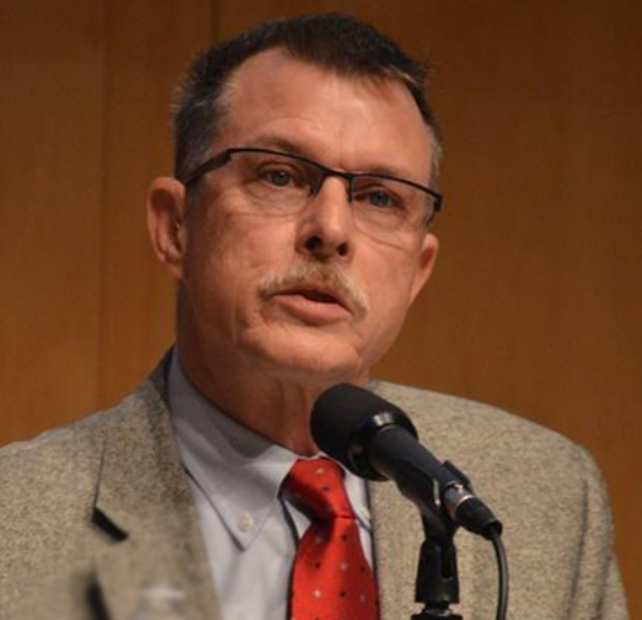
Thomas Jefferson once memorably defended religious freedom by remarking, “[I]t does me no injury for my neighbour to say there are twenty gods, or no god. It neither picks my pocket nor breaks my leg.” Government, therefore, should leave religion alone, limiting its regulation to such acts “as are injurious to others.”
If only it was, in fact, so easy to justify religious freedom: Don’t worry, those crazy people will not affect you! Religious freedom’s critics insist, instead, that religious exercise often does cause injury to others. In previous ages, many people opposed religious freedom on grounds that it permitted the spread of false worship that angered the gods, provoking them to unleash calamities on the society. Historically, critics have also claimed that liberty in the things of religion can enable conflicting worldviews to multiply, thereby undermining the moral consensus necessary for people to police their own affairs and to accept government edicts and punishments as legitimate when they are required.
Turning to criticisms and concerns common in the West in our time, religious freedom is often viewed as providing a license to discriminate: It shields bigoted acts of unequal treatment by allowing some, claiming the protection of religious motives, to mistreat others. And such injustice is perpetrated especially by religious organizations, which claim the right to treat people—job applicants, employees, customers, patients, students, and others—according to the dictates of their animating beliefs, notwithstanding legal prohibitions on discrimination.
And yet, where there are deep differences of conviction, institutional religious freedom is indispensable to crafting a way for all to live together.
Religious Freedom: Operative in Sacred and Secular Spaces
In an important respect, then, Jefferson was mistaken. Religion is not solely a matter of (differing) beliefs about the nature of ultimate reality but extends to binding convictions about how one should live one’s life and relate to others in a variety of social spheres. Accordingly, religious freedom must protect not only theological and philosophical beliefs, but also action—and not only action related to worship, but also action in the “secular” world.
Religious freedom, I propose,[1] is protection in the law for individuals and organizations to act or not act, as religious conviction dictates, even when their action or inaction conflicts with generally applicable laws.[2] The protected actions and refusals to act extend beyond worship and private places into society and the public square. That is, religious freedom is a freedom not only in “religious” things such as the observation of holy days and sacred rituals but also in “secular” things such as politics, medical services, and business. It is not only a personal freedom but also a protection for persons to join together to organize and operate institutions that manifest a religious identity and that serve in accordance with their religious convictions.
In protecting religious freedom, government honors the legitimate desire of every person to live consistently with his or her deep convictions about identity, morality, and reality. Given the diversity of such deep convictions and the other important rights and interests that are typically also involved, religious freedom cannot be absolute. Yet, government should broadly protect the freedom that persons and organizations need to be able to act, and not act, in line with their religious convictions. In other words, religious freedom for individuals and institutions is a presumptive right, to be superseded only when other vital rights require limiting its exercise and no other viable means are available for securing those rights.
Religious Freedom: A Negative and Positive Freedom
Religious freedom encompasses what we might call a “negative” aspect: public law and policy should not block persons and organizations, because of their religion or lack of religion, from participating in ordinary society and politics. They should not be banned from starting a company, renting a building, enrolling in public education, adopting children, engaging in political debate, voting, and so forth. Further, religious freedom generally protects action or inaction inside nonreligious organizations and settings. Negative religious freedom, or the right of conscience, protects the doctor who says no to euthanasia, the company that rejects health insurance coverage for abortifacients, and the government-employed psychologist who will not monitor enhanced interrogations.
As essential as this negative aspect of religious freedom is, it is inadequate on its own to protect religious exercise. “Positive” religious freedom secures the right of people to create and run religiously inspired organizations.[3] Consider a scenario in which, thanks to “negative” conscience protections, a public school teacher committed to the doctrines of the Catholic Church might have the right to opt out of teaching a course unit asserting that the Obergefell decision tells the truth about marriage. But what about the opportunity she should have affirmatively to teach what the Church states about marriage, even while informing students of what the law now says? For this she needs a school committed to the Catholic worldview and able to select a staff and implement a curriculum that positively reflects Catholic commitments. Religious freedom, adequately understood and protected, encompasses its positive and negative aspects.
Religious Freedom: An Individual and Institutional Right
Organizations are ways of doing things, such as arranging adoptions, preparing food, and publishing books. They exist in reality as integrated, decision-making structures; they can act, and be acted upon, in the world. When government has few rules regulating how organizations may operate – including whom they may hire and how they may serve – then religiously shaped organizations (along with other organizations) are free to operate in a manner consistent with their respective missions and convictions. However, as is often the case in advanced countries, when the government asserts a sweeping set of nondiscrimination and other requirements as a condition for existing, operating, and accessing government funds, those religious organizations whose convictions do not match the government’s values need institutional religious freedom. They need to be legally free to follow their convictions despite what the law generally requires.
In protecting the freedom of religious organizations, the government is protecting, as it should, an aspect of religious exercise. In creating and operating an organization that is inspired and shaped by a particular religious perspective, those involved are practicing their religion in organizational form. As is the case with religious freedom generally, the freedom of religious institutions should be honored presumptively; i.e., it should be restricted or eliminated only when some other r
ight or obligation is truly pressing. While more needs saying as to the meaning of “truly pressing” in this context, it would be no small thing to reestablish this presumption in favor of religious freedom.
A Diverse Society Demands A Diverse Civil Society: Liberty and Equality Understood Anew
As contemporary critics of religious freedom regularly contend, allowing religious organizations to follow their convictions about employment and service — rather than the law’s nondiscrimination requirements — may have adverse results. Some otherwise qualified people will not be hired “merely” because they have the wrong religion or lifestyle. Some patients and students will experience a hurtful denial of service or will be confronted with an environment different than they expected. These harms, indeed, can be prevented or mitigated by enforcing nondiscrimination requirements on religious organizations, but only at the high expense of denying the freedom for those organizations to operate and serve consistent with their foundational religious convictions. Equality trumps religious exercise, as the argument goes. Notice, however, that only a particular form of equality is contemplated in this claim, for if contemporary nondiscrimination requirements are applied rigorously, patients seeking abortions, but not patients desiring a pro-life doctor, will be satisfied; students glad for sexual freedom, and not those praying for a chaste residential experience, will be happy; LGBT adoptive couples, and not those encouraged by biblical appeals to adopt, will be welcomed with open arms.[4]
In a religiously and morally diverse society, it is in the best interest of everyone when institutions of civil society are free to manifest distinctive ways of operating and serving. Government must be uniform, but civil society and the market are, rightly, domains where diversity is the rule. In a civil society allowed to be diverse, both the pro-life and the pro-choice nurse and patient can find a compatible medical practice. Yet, without a doubt, there is a cost. Not every institution will be suitable for every student or patient or customer. At one time or another, everyone will find that they have to look for another university or clinic or store. But the institutional setting one person finds deeply objectionable may be exactly the setting one’s neighbor is looking for. The ostensible harm of allowing a civil society in which denial is possible, seen from another vantage point, can be understood anew, not as undermining equality, but rather as properly upholding liberty. Imposing nondiscrimination requirements that eliminate diverse options becomes its own injustice. Only diverse institutions are adequate for a diverse society.
A Current Example in the Minutiae of Federal Regulations
These matters are all in play in the Trump administration’s recently proposed changes to the regulations governing employment discrimination in federal contracting. In 2014, President Obama modified those regulations by adding a new prohibition against discrimination on the basis of sexual orientation or gender identity (SOGI). He left intact the exemption that authorizes religious employers to hire only people of their same religion, but his administration interpreted the exemption narrowly. Apparently, while a Catholic university receiving federal contract dollars is entitled to appoint only Catholic scholars to some or all faculty posts, it would not be permitted to exclude an applicant in a same-sex marriage despite the violation of Catholic teaching that such a relationship represents.
That Obama-administration interpretation left religious organizations in a quandary. If they hire based on religion and assess sexual conduct in light of that religion, will they be violating the new nondiscrimination requirements or will the religious exemption protect their decision? But violating federal contract rules is a serious offense. The uncertainty the Obama administration’s interpretation created was the signal for some former, and potential future, faith-based contractors to avoid federal contracting. This state of affairs created losers and no winners.
The changes the current administration has proposed are designed to clarify the scope of the religious exemption. SOGI employment discrimination will continue generally to be forbidden in federal contracting, but religious employers will be protected when, in deciding on the suitability of an applicant, they assess the behavior as well as the beliefs of the person in light of the religious standards of the employer.
In this way, the existing religious exemption (which is also part of Title VII, the basic federal law governing employment) will actually protect the religion-based employment practices of religious employers, enabling them to maintain their distinctive identities and practices. This proposed rule change respects institutional religious freedom and, if promulgated, will protect the diverse civil society organizations that are essential for a morally and religiously diverse society.
Endnotes
[1] I am borrowing here concepts and phrases from my article, “The Common Good Requires Robust Institutional Religious Freedom,” University of St. Thomas Law Journal, 15, no. 3 (Spring 2019), 529-545. Available at https://ir.stthomas.edu/ustlj/vol15/iss3/.
[2] For a seminal, and highly contested, decision in Supreme Court jurisprudence on the intersection of religious free exercise and generally applicable laws, see Employment Div. v. Smith, 494 U.S. 872 (1990). In the majority opinion at 885 (available at https://www.law.cornell.edu/supremecourt/text/494/872), Justice Scalia wrote: “The government’s ability to enforce generally applicable prohibitions of socially harmful conduct, like its ability to carry out other aspects of public policy, ‘cannot depend on measuring the effects of a governmental action on a religious objector’s spiritual development.’ Lyng, supra, 485 U.S. at 451. To make an individual’s obligation to obey such a law contingent upon the law’s coincidence with his religious beliefs, except where the State’s interest is ‘compelling’ — permitting him, by virtue of his beliefs, ‘to become a law unto himself,’ Reynolds v. United States, 98 U.S. at 167 — contradicts both constitutional tradition and common sense.” I – along with supporters of the 1993 Religious Freedom Restoration Act, and many contemporary religious freedom advocates and constitutional lawyers – view the Smith decision as fundamentally flawed on this count.
[3] For further discussion, see Stanley Carlson-Thies, “Beyond the Right of Conscience to Freedom to Live Faithfully [Keynote Address],” Regent University Law Review 24, no. 2 (2011): 351–68.
[4] For further discussion on how a diverse civil society and marketplace best serves diverse individuals, see Steven V. Monsma and Stanley W. Carlson-Thies, Free to Serve: Protecting the Religious Freedom of Faith-Based Orga
nizations (Grand Rapids, Mich.: Brazos Press, 2015).
Stanley Carlson-Thies is the Founder and Senior Director of the Institutional Religious Freedom Alliance, a division of the Center for Public Justice, based in Washington, D.C.
All views and opinions presented in this essay are solely those of the author and publication on Cornerstone does not represent an endorsement or agreement from the Religious Freedom Institute or its leadership.
THE RFI BLOG
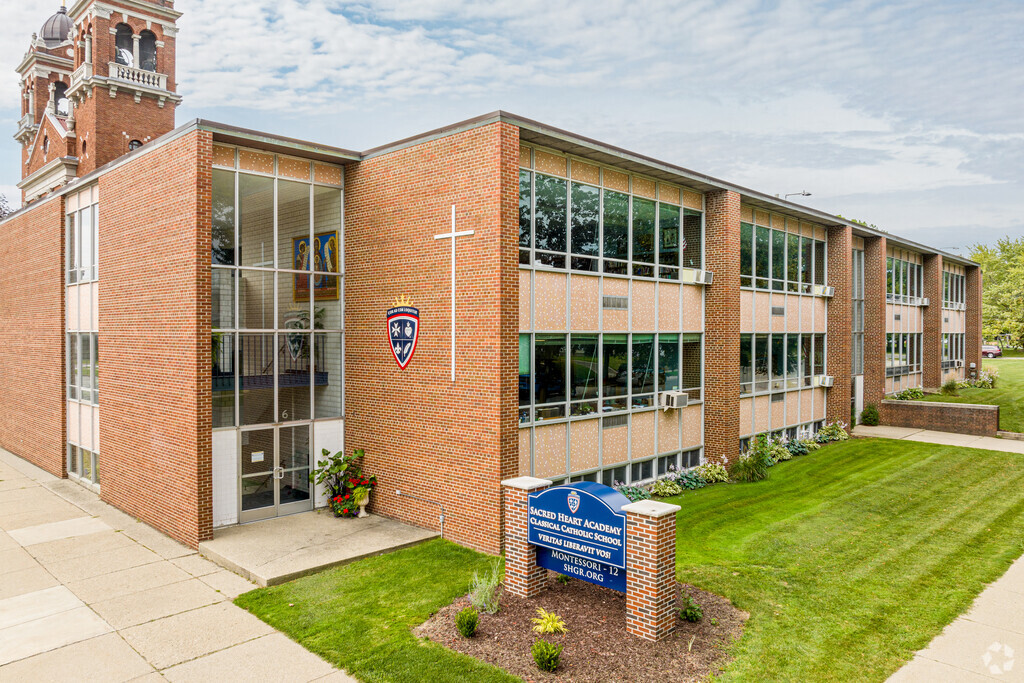
Be More Faithful, Become More Resilient: An Invitation to Religious Institutions

How Soccer Reveals Different Meanings Of ‘Secular’ In France And The US
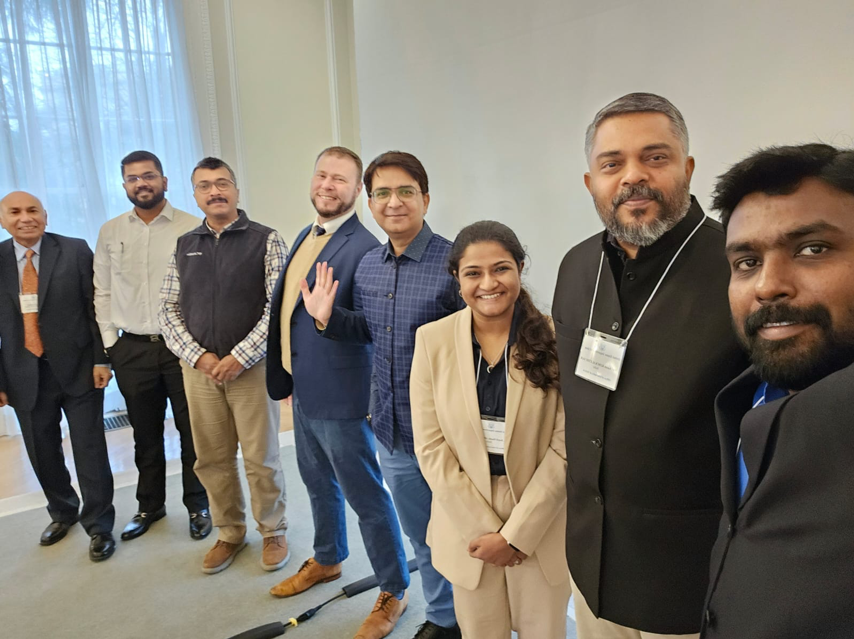
RFI’s Ismail Royer Meets with Delegation from India
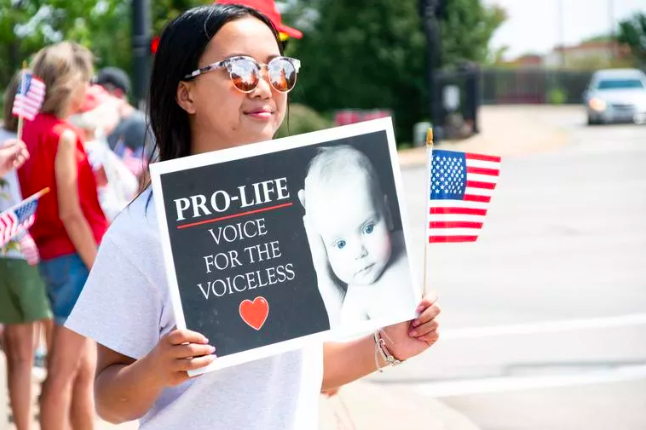
Protecting the Unborn, Mothers, and Medical Ethics: The Stakes of Arkansas’ Amendment
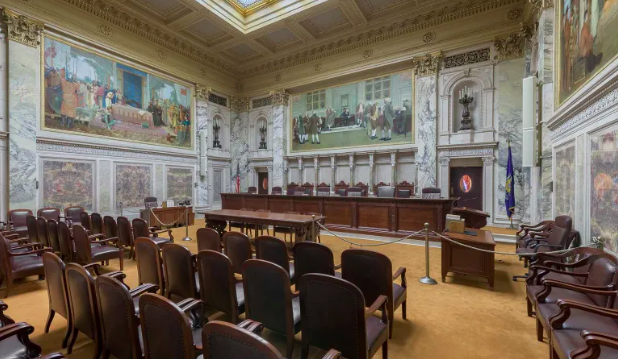
Wisconsin Supreme Court Punishes Catholic Charities for Serving Everyone
CORNERSTONE FORUM

Public Bioethics & the Failure of Expressive Individualism

Religious Liberty in American Higher Education

Scotland’s Kate Forbes and the March of Secularism

70 Years of Religious Freedom in Sweden: Prospects and Challenges

